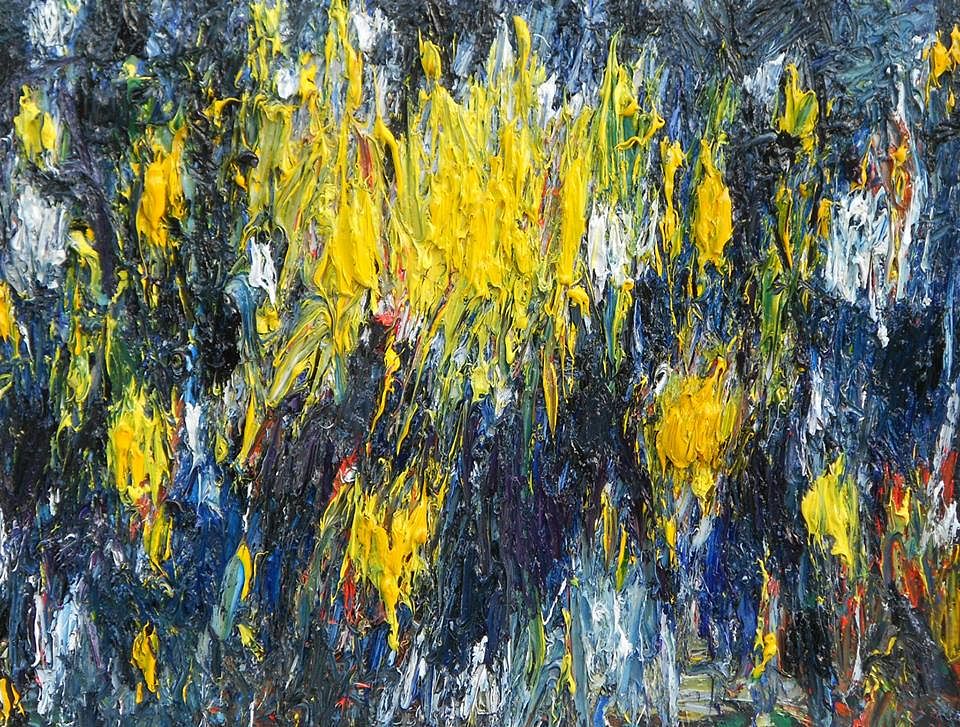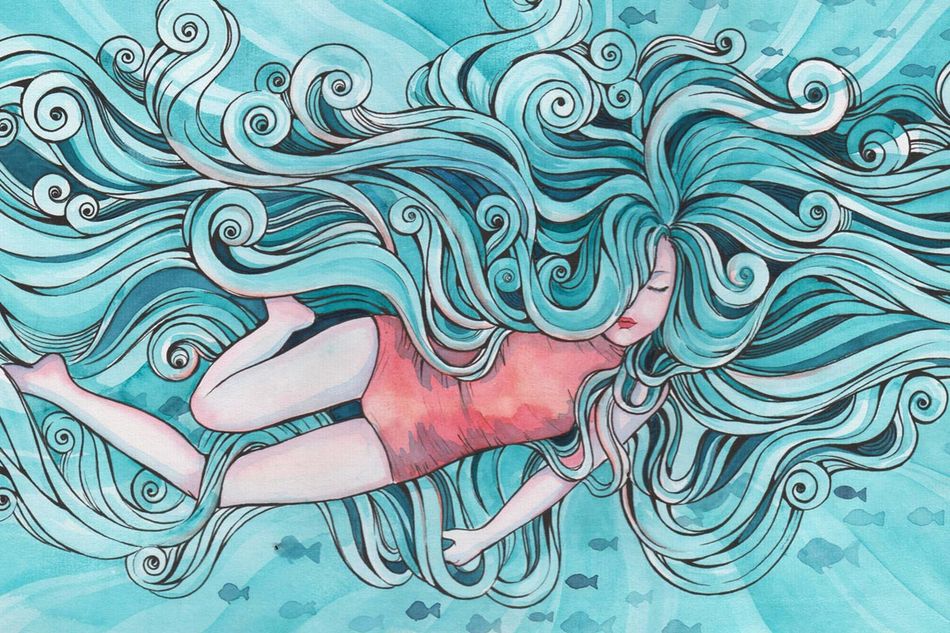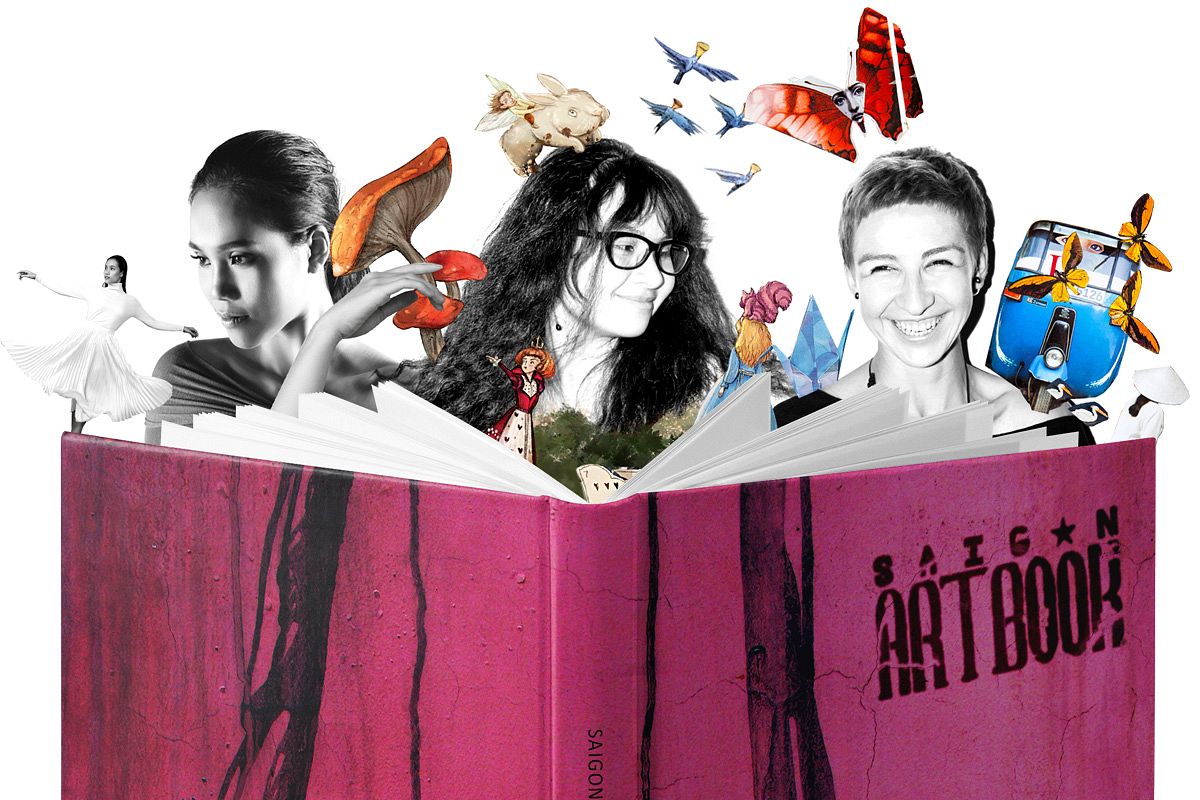Acclaimed Hong Kong-based artists Laurent Gutierrez and Valerie Portefaix of Map Office bring to Dia Projects their first solo show in Saigon, titled Islands, Archipelagos and Other Liquid Territories. The show is a reflection of 20 years of multi-disciplinary work. Ranging from architecture to photography, drawings, installations, literary texts and performances, Map Office transversally examines the topics of globalization and the invisible – but nonetheless powerful – forces that shape our world on an economic, environmental and political level.
Islands, Archipelagos and Other Liquid Territories comprises installations, books and blueprints from select projects by the artist-architectural duo.
“As the title suggests, we decided to focus on liquid projects that had connections with boats, islands and living creatures,” says Gutierrez. “The decision to transform these projects into blueprints comes from our background in architecture, since it is a technical reproduction used by both architects and engineers.”
For the exhibition, which marks the final PhD dissertation of Gutierrez at RMIT, Map Office chose to craft blueprints of each project to give an idea of what each project entailed. Still, the physical act of creating these blueprints was something of a challenge.
“[Making blueprints] is an obsolete technique, and we managed to find only one place in China that still has it,” Gutierrez explains.

Throughout their two-decade practice, Map Office often delves into the intricate elements of globalization and politico-environmental dynamics. By incorporating academic and empirical research into their installations, these subjects come through in pieces like Tracking Baudelaire, a project which features etchings of eight radar screens on golden-plated titanium, signifying the tracking of vessels between Hong Kong and Shanghai.
“We have been concerned in the past years about the invisible components of globalization,” says Gutierrez. “Two years ago, shipping companies started going along the Siberian coast, and they are talking about moving shipping lines to the North Pole. This will allow cargo to go from Asia to Europe in seven days instead of 21.”

While the movement of shipping lines would obviously reduce shipping costs for companies and allow faster delivery of goods, many news outlets have pointed out that this new route is only possible due to the melting of the polar ice caps.
For their installation, Gutierrez and Portefaix documented the operation of cargo ship Baudelaire from the Yantian port in Shenzhen to Hong Kong over a period of 24 hours. The resulting piece depicts the mammoth undertaking of moving huge shipping containers, as well as the vast diversity of products carried by these types of cargo ships, whose influence on the global market often goes unnoticed by the average person.

Map Office's ongoing investigation of the sea has taken place over many years, but the artists' focus on both countries' economic and international prowess reached a peak around 2008.
“After spending five years studying Hong Kong, we started developing projects in China in 2007 and 2008,” says Gutierrez. “This coincided with the beginning of the economic crisis. We asked ourselves a simple question: ‘What is bigger than China?’”
The answer came in the form of a tiny archipelago situated just north of Madagascar in the Indian Ocean. Known as Mayotte, this small collection of islands became part of France through a public referendum in 2009. The move was welcomed by residents of the island but also marked a significant international power play for the European nation. “In this way, France became the second largest country [when taking both land and water surfaces into account] in Europe,” Gutierrez explains.

This is not new on the political agenda of countries. In 1856, the United States passed the Guano Island Act, which to this day allows the US to take possession of any unclaimed islands, provided they contained traces of guano, or seabird excrement.
“The future of the world seems to be developing on the sea,” says Gutierrez. The artist sees the current race to territorial supremacy in several ongoing political battles, including Russia's presence in Crimea. “One of the biggest commons is the sea,” he says. “It’s never been privatized and there are no borders on water.”
For the project Desert Islands, also featured in the duo's current exhibition at Dia Projects, Map Office selected 100 islands that have been manipulated by man for religious, political or economic reasons. Part of the project includes islands that have been scaled down into furniture and therefore have a functional purpose. Mirror frames with the geographical coordinates of each land mass are then placed on the surface so that the individual islands of this re-imagined archipelago can be identified.

The Hong Kong-based duo continues to investigate domesticated landscapes through projects which incorporate the participation of various Asian artists who have developed a real or fictional idea of Asian territories. For Map Office, their entire practice seems to be rooted in one widespread theory. Gutierrez explains: “Theories on modernization are based on the paradox that by maintaining crisis and tensions, creativity and modernization can flourish [but] without them, modernization ceases to exist.”
Islands, Archipelagos and Other Liquid Territories will be on display until October 23.
103 Dong Khoi, 2nd Floor, D1
08 38 238 188
10am – 6pm, Mon to Sat














